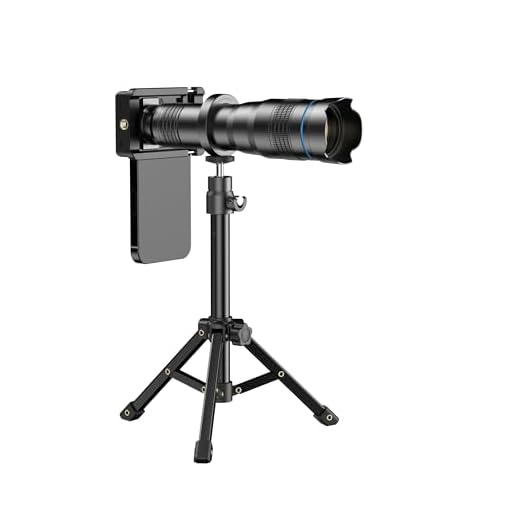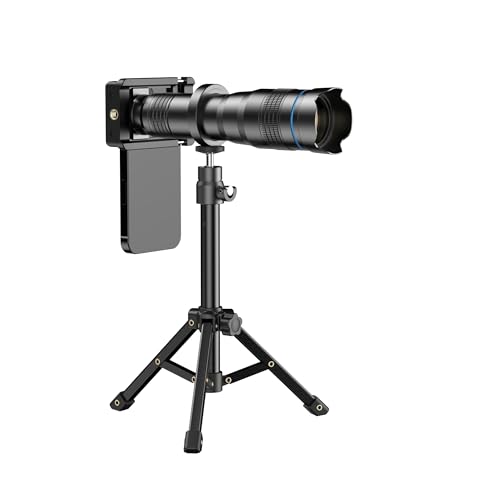




When it comes to smartphone cameras, the iPhone has long been considered a pioneer in the industry. However, in recent years, many users have noticed that the iPhone camera seems to be lagging behind its competitors. So, what is causing this lag?
One of the main reasons for the iPhone camera falling behind is the intense competition in the smartphone market. Other companies, such as Samsung, Google, and Huawei, have been investing heavily in camera technology, pushing the boundaries of what is possible with a smartphone camera.
Another factor contributing to the iPhone camera’s lag is Apple’s conservative approach to innovation. While the company has always prioritized user experience and reliability, they have been slower to adopt cutting-edge camera technology compared to their competitors.
Despite these challenges, Apple continues to improve the iPhone camera with each new model release. As technology advances and consumer expectations evolve, it will be interesting to see how Apple addresses the gap and whether they can once again lead the pack in smartphone photography.
Why iPhone Camera Technology Lacks Behind
Despite Apple’s reputation for innovation, the iPhone camera technology has been criticized for lagging behind its competitors in recent years. While the iPhone cameras have consistently delivered high-quality images, there are several reasons why they are falling behind.
1. Slow Adoption of New Technologies
Apple has been slow to adopt new camera technologies that are being used by other smartphone manufacturers. For example, features like periscope zoom lenses, higher megapixel counts, and advanced image processing capabilities have been available on Android devices for some time, while Apple has been slower to integrate these into their iPhones.
2. Focus on User Experience Over Specs
Apple has always prioritized user experience over technical specifications. While this approach has led to devices that are easy to use and aesthetically pleasing, it has also meant that the company has sometimes sacrificed cutting-edge camera technology in favor of other features.
In conclusion, while the iPhone camera technology may lag behind some of its competitors, Apple continues to focus on delivering a seamless user experience that appeals to a wide range of consumers.
Market Research Insights
Market research plays a crucial role in understanding consumer needs and preferences. By conducting thorough market research, companies can gain valuable insights into the features and functionalities that consumers value most in a smartphone camera. This information helps manufacturers make informed decisions about product development and innovation.
Through market research, companies can also identify trends and emerging technologies in the smartphone camera industry. By staying up-to-date with the latest market trends, manufacturers can anticipate consumer demands and stay ahead of the competition.
| Benefits of Market Research: | 1. Identifying consumer preferences | 2. Anticipating market trends | 3. Informing product development |
|---|
Competition Analysis
When it comes to smartphone cameras, Apple’s iPhone is facing stiff competition from Android devices. Companies like Samsung, Google, and Huawei have been investing heavily in camera technology, offering features like multiple lenses, AI-powered enhancements, and advanced image processing algorithms.
These Android devices often outperform the iPhone in terms of low-light performance, zoom capabilities, and overall image quality. Samsung’s Galaxy S series, Google’s Pixel line, and Huawei’s P series are all known for their impressive camera capabilities, leaving Apple playing catch-up in the smartphone camera race.
While Apple has made significant improvements to its iPhone camera over the years, the competition continues to push boundaries and innovate at a faster pace. As a result, iPhone cameras may lag behind in certain areas compared to their Android counterparts, prompting Apple to step up its game to maintain its position in the market.
Apple’s Innovation Strategy
Apple has long been known for its innovative products and cutting-edge technology. The company’s innovation strategy is built on a culture of secrecy, a focus on design, and a commitment to pushing the boundaries of what is possible.
One key aspect of Apple’s innovation strategy is its commitment to research and development. The company invests heavily in R&D to ensure that its products are always at the forefront of technology. Apple also places a strong emphasis on design, with a team of designers working tirelessly to create products that are both beautiful and functional.
Another important element of Apple’s innovation strategy is its focus on customer experience. The company works hard to understand its customers’ needs and preferences, and uses this information to inform its product development process. This customer-centric approach has helped Apple create products that resonate with consumers and keep them coming back for more.
In conclusion, Apple’s innovation strategy is multifaceted, combining a commitment to research and development, a focus on design, and a dedication to customer experience. By staying true to these principles, Apple has been able to consistently deliver groundbreaking products that set the standard for the industry.
Technical Limitations
Despite Apple’s efforts to improve the camera quality on the iPhone, there are still certain technical limitations that prevent it from being on par with some of its competitors. One of the main limitations is the size of the camera sensor. The iPhone’s camera sensor is smaller than those found in many other smartphones, which can result in lower image quality, especially in low light conditions.
Another limitation is the lack of optical zoom on most iPhone models. While digital zoom can be used to zoom in on a subject, it can result in a loss of image quality. Optical zoom, on the other hand, allows for zooming in without compromising image quality, but this feature is still not widely available on iPhones.
Additionally, the iPhone’s camera software may not be as advanced as some of its competitors, limiting the capabilities of the camera. While Apple has made improvements to the camera software over the years, there are still areas where it can be enhanced to compete with other smartphone cameras.
Consumer Feedback Trends
As consumers continue to demand better camera quality in smartphones, the feedback trends show that iPhone cameras are falling behind their competitors. Users are expressing frustration with the lack of innovation and improvement in the iPhone camera technology, especially in comparison to Android devices. Many users report that the image quality, low-light performance, and overall versatility of iPhone cameras are not up to par with other flagship smartphones on the market.
Image Quality
One common complaint from consumers is the lack of sharpness and detail in photos taken with iPhone cameras. Users often find that images appear soft and lack the crispness and clarity that they desire, especially when zooming in or viewing photos on larger screens.
Low-Light Performance
Another area where iPhone cameras are criticized is their performance in low-light conditions. Users report that iPhone cameras struggle to capture clear and bright photos in dimly lit environments, leading to noisy and grainy images. This is a significant drawback for users who frequently take photos indoors or in the evening.
Future Development Plans
Apple is constantly innovating and improving their products, including the iPhone camera. In the future, we can expect to see even more advanced camera technology integrated into iPhones. Some of the potential development plans include:
| 1. Enhanced AI capabilities for better image processing and scene recognition. |
| 2. Improved low-light performance for capturing high-quality photos in dark conditions. |
| 3. Higher resolution sensors for sharper images and more detailed photos. |
| 4. Enhanced optical zoom capabilities for better close-up shots. |
| 5. Integration of new technologies such as 3D depth-sensing for augmented reality applications. |
With these exciting developments on the horizon, iPhone cameras are sure to continue pushing the boundaries of mobile photography.
Software Integration Challenges
One of the main reasons why the iPhone camera lags behind its competitors is the software integration challenges that Apple faces. While Apple has consistently delivered high-quality hardware, the software optimization for the camera has been a constant struggle.
Lack of Customization
Apple’s closed ecosystem limits the level of customization that third-party camera apps can offer. This means that users are often limited to using the default camera app, which may not provide the same level of control and features as some third-party apps available on Android devices.
Optimization for Hardware
Apple’s software is optimized for its hardware, which can lead to limitations in the camera performance. While Apple’s image processing algorithms are top-notch, they may not always take full advantage of the hardware capabilities, leading to subpar results compared to competitors.
Industry Expert Opinions
Industry experts believe that the reason why iPhone camera quality has lagged behind competitors is due to Apple’s focus on other areas of technology, such as processing power and software capabilities. While iPhones have consistently delivered excellent performance in these areas, camera technology has not been a top priority for the company.
Additionally, some experts point to Apple’s reliance on partnerships with third-party suppliers for camera components, which may limit the company’s ability to innovate and improve camera quality at the same pace as competitors who develop their own camera technology in-house.
Despite these challenges, industry experts are optimistic that Apple will continue to invest in camera technology and close the gap with competitors in the near future.
Potential Solutions and Improvements
There are several ways Apple could improve the camera quality on their iPhones to catch up with the competition:
1. Hardware Upgrades
Apple could invest in better camera sensors, lenses, and image processing technology to enhance the overall image quality and performance of their cameras.
2. Software Enhancements
Apple could also improve their camera software by adding new features like manual controls, better low-light performance, and enhanced image stabilization to make the camera experience more robust and competitive.






